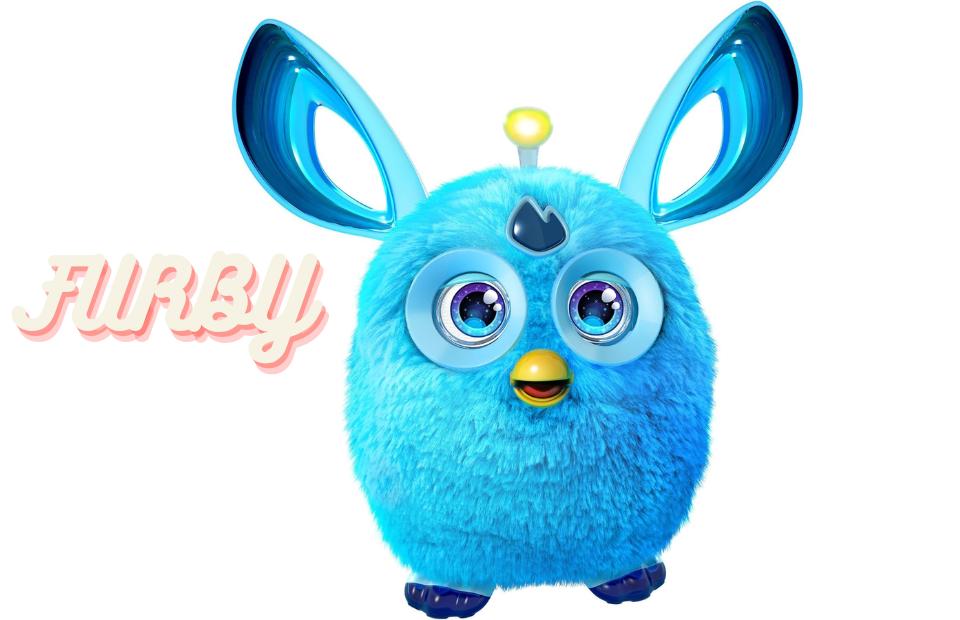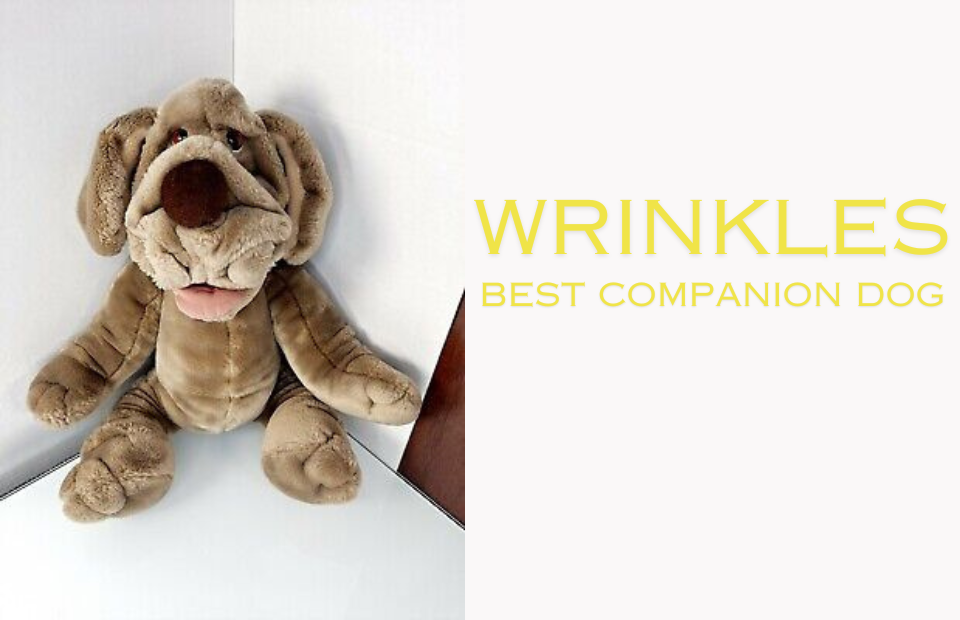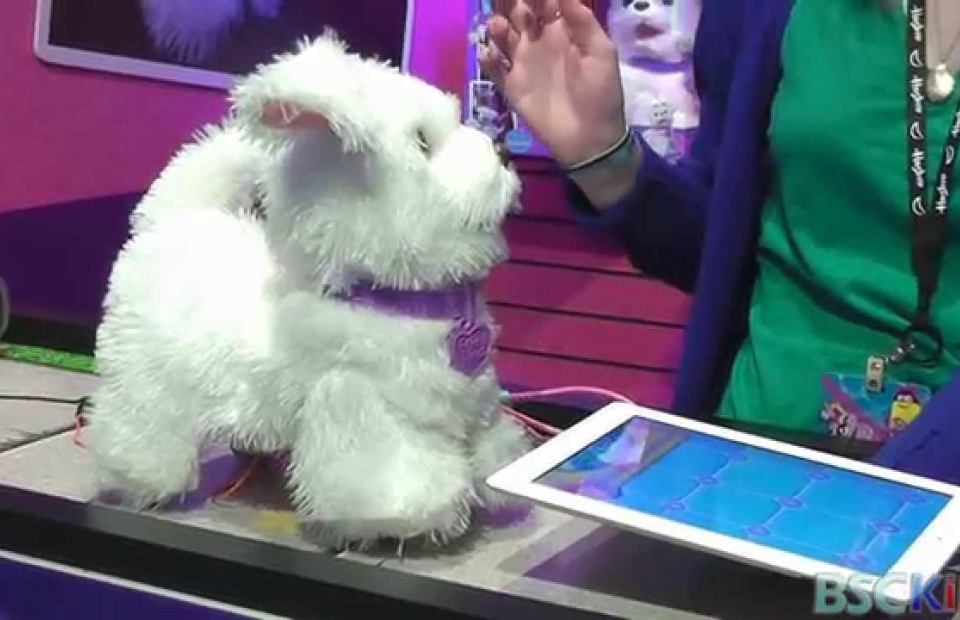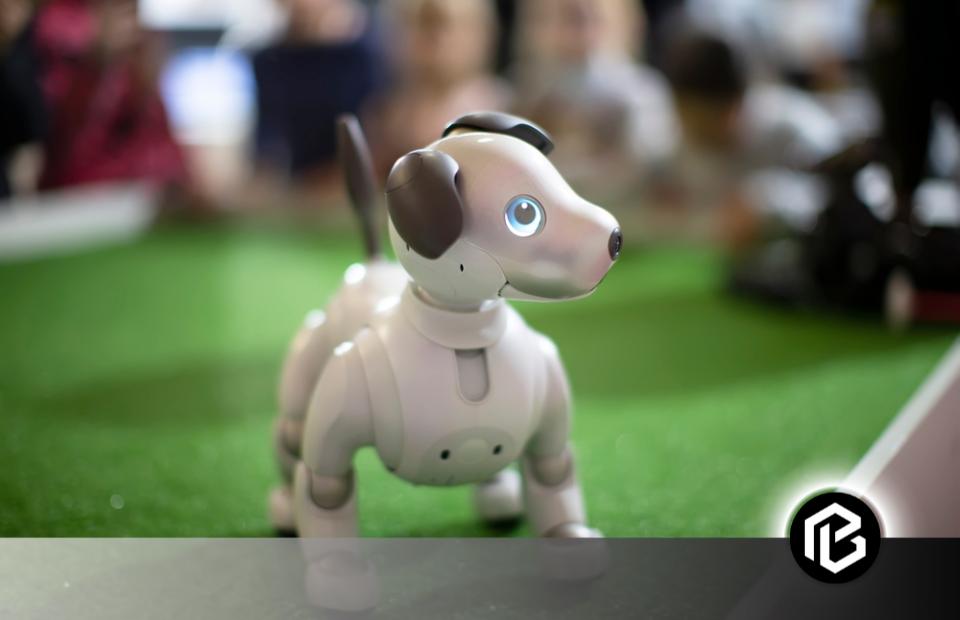Still, wanted a physical pet experience without the troubles of actual pet ownership?
Owning a pet is one of the most incredible things life has to offer. No matter the animal, they’re loving, usually soft companions that bring joy and comfort to millions of people around the world.
Having a pet can sometimes cause problems, though. They can tear up your stuff, lower your property value, and generally cause a lot of issues.
A robotic pet is a machine designed to look and act like a real pet. For those who want a pet without the mess, toy companies have produced a creative solution for robotic pets.
1. Furby

The Wikipedia article for Robotic Pets cites the Furby as the first robotic pet created by Tiger Electronics in 1998. They look like a mogwai and birdie. The McDonald’s character produced some cursed hybrid spawn together, but despite their looks, these furbies were one of the hottest toys of the late 90s to early 2000s.
Over 40 million furbies were sold during the three years of its original production. It can speak in 24 languages. So, what was the big deal about these gremlin birdies? Well, they were aimed to be domestic robots meant for personal use inside the home. The original slogan of their 1998 release explains it all.
The slogan rang about as accurate as you could hope 90s technology would. A new Furby hatched fresh from its packaging started out speaking entirely Furbish, a unique language that all Furbies use, but starts using English, or its origin’s native language, words, and phrases in place of Furbish over time the more it interacted with.
It simulates raising a child, although a furry alien one, by resembling the process of learning a new language. The pet aspect of the Furby comes from petting its fuzzy little head or entire body. By petting a Furby, they’re encouraged to learn more and continue to interact with their owner, even moving their eyes, ears, and feet in response.
They still make Furbies today, with three additional, more technologically advanced versions being produced since 1998.
2. Wrinkles
For dog lovers, let me introduce Wrinkles, a barking, panting pet created in 1981 by Gans Bros, the company that would later go on to introduce Webkinz into the world.

Wrinkles is a trademarked character of Gans, but despite having other stuffed animals and puppets of him, this electronic form brought him to life in ways that a hand inside of him couldn’t. The words on his box tell us that he can respond to touch and voice commands with barking and panting, even with a panting action moving tongue.
Dog lovers rejoice! Wrinkles doesn’t have a beak and will give you a little serotonin boost for petting him.
3. Aibo
Is there anything that could satisfy the dog lovers of the world who still want a mess-free pet experience? Well, yes and no. The Aibo was a robotic dog produced by Sony and released in 1999, just a year after Furby’s debut.

The Aibo could do what Wrinkles couldn’t. For starters, it could move around. And software even more complex than Furby’s.
- It can see its environment through a camera
- Recognize spoken commands, at least in English, Spanish, or Japanese
- Develop somewhat of a personality
- In other words, Wrinkles walked or just panted, but Aibo could run.
- Despite its hard-hitting technology, features, and success, you’ll still notice that Aibo needs to include something important. “Fur”
4. The Cat by FurReal Friends
The formula for the perfect fuzzy robotic pet would finally be close to being perfected when FurReal Friends came into the picture in 2002.

Hasbro and Tiger Electronics, the same maker of the Furby, created the FurReal Friends cat. They improved the robotic pet design by making a pet that more closely simulated an actual animal in someone’s home. The cat had multiple spots to be petted, but if touched too roughly, it’d get pissed.
The cat would also respond negatively to pulling on its tail, reacting with a raised Tail and hissing.
So, this cat does meow, but it doesn’t respond to commands or move around its environment.
The lone cat that started the line was now accompanied by other cats that could knead, purr, drink milk, and move their heads and bodies more. Dogs also have a similar lineup. They could now hold bones, do tricks, and play with toys.
5. Gogo, My Walking Pup
There is a particular For Real dog that could even accompany you on a walk.
As a kid, I wanted this dog so bad. My family didn’t end up getting a natural dog when I was 14, so I was missing some quality pet time, and clearly, I hoped for Gogo to fill that void for me. What was it about this toy precisely that captured my attention so much?

I wanted a robot that I could ignore for most of the day, and that couldn’t love me for all the other kids who were lucky enough to get a robotic pet and were stupid enough not to choose GoGo.
6. More FurReal Friends
Hasbro continued to create even more variations of FurReal Friends over the years.

There was everything from common pets like birds and guinea pigs to farm animals like lambs and piglets to woodland animals like rabbits and chipmunks, which, I just have to say, coincidentally came out right around the release of Alvin and the Chipmunks.
I’m assuming this was more of an opportunity taken than any partnership, but I bet it helped any parent who suddenly had kids asking to go into the forest so they could catch and keep a little Alvin of their own.
There are a few standouts to me out of all these pets, starting with the birds. I don’t know why these seem more creative than cats and dogs, but they seem cute, even if they came with a bottle of milk that birds drink.
7. Butterscotch Pony
Another creative mention is the butterscotch pony of 2007. Now, this might look like any other robotic horse, but this pony could be sat on and ridden, given that the user was small enough.

It even won a couple of awards in 2007 for being the best girl’s toy and the most innovative toy of the year, and I’ll give it to them: it beats those plastic horses with the springs. Butterscotch and S’more the Rideable Robotic Ponies did retail for about 300 US dollars back in 2007, though, so you had to be a dedicated horse girl to convince your parents to buy this for you.
Controversy
Companies can profit from innovative and creative toys, and children who’ve always wanted a particular animal for a pet that couldn’t get their hands on a real one now have a toy as a decent replacement. But I’d like to think that there’s this rule that applies to pretty much everything in the world, and that is, if it exists, there’s likely some controversy tied to it.
Conclusion
Fortunately, for all the dedicated robot pet owners across the world, the controversy around them is relatively light. Some people argue that robotic pets in place of actual animals can be confusing when we use robots for the elderly, especially victims of diseases like dementia. They may not realize that the animal they’re caring for isn’t alive, which might make them upset if the robot doesn’t respond like a real animal or eventually becomes broken.
Stuffed animals are also a good alternative for real animals, but to have a little toy respond to your touch and call is something that only these robotic pets could mimic in the real thing.
Frequently Asked Questions on Robotic Pets
How do robotic pets differ from traditional pets?
Robotic pets differ from traditional pets in that they are not living creatures and do not have the same biological needs or behaviors. While they can provide companionship and entertainment, they do not require feeding, grooming, veterinary care, or outdoor exercise like real animals.
What are the benefits of robotic pets for humans?
The benefits of robotic pets for humans include companionship for individuals who are unable to care for traditional pets due to allergies, living restrictions, or mobility issues, as well as therapeutic benefits such as stress relief, emotional support, and cognitive stimulation, particularly for the elderly or those with disabilities.
How do robotic pets impact society and culture?
Robotic pets impact society and culture by challenging traditional notions of companionship and pet ownership, raising ethical and philosophical questions about the nature of relationships between humans and artificial beings, and reflecting broader trends in technology, ageing demographics, and changing lifestyles.
What are some considerations when choosing a robotic pet?
Considerations when choosing a robotic pet include the level of interactivity and realism desired, the size and appearance of the robot, the functionality and features offered (such as sensors, sounds, and movements), the ease of use and maintenance, and any special considerations for specific populations or environments.





